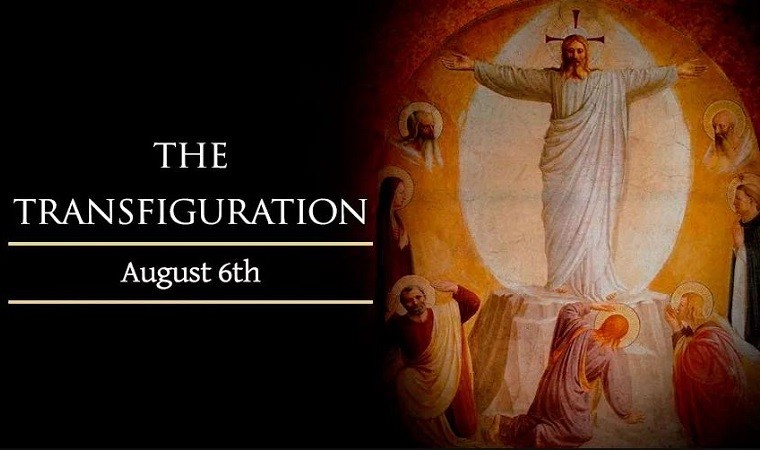
The Feast of the Transfiguration is a significant event in the Christian calendar, celebrated by the Orthodox Church on August 6th each year. It marks the moment when Jesus Christ, the Son of God, revealed His divine glory to three of His disciples, Peter, James, and John. The Transfiguration serves as a pivotal moment in Christ's ministry, illustrating His true nature as the Son of God and reaffirming His mission on Earth. This article explores the significance and spiritual meaning behind this sacred feast.
The Biblical Account of the Transfiguration: The account of the Transfiguration can be found in three of the four canonical Gospels: Matthew 17:1-9, Mark 9:2-8, and Luke 9:28-36. According to the narratives, Jesus took His three closest disciples up a high mountain, traditionally believed to be Mount Tabor. While on the mountain, Jesus was transfigured before their eyes - His face shining like the sun, and His garments becoming radiant and white. To further emphasize the divine significance of the event, Moses and Elijah, representing the Law and the Prophets, appeared and spoke with Jesus.
The Transfiguration not only displayed the divine nature of Christ but also emphasized the continuity between the Old and New Testaments. It confirmed Jesus' role as the fulfillment of the Law and the Prophets and strengthened the faith of the disciples.
Symbolism and Theological Significance: The Feast of the Transfiguration carries profound symbolism and theological implications within Christianity. It symbolizes the revelation of God's glory through Christ, indicating His unique role as the divine Savior and the bridge between heaven and earth. The radiant transformation of Jesus' appearance symbolizes the ultimate goal of humanity: to be transformed and renewed in God's image.
The presence of Moses and Elijah during the Transfiguration holds profound meaning. Moses represents the Law given by God to guide His people, while Elijah represents the Prophets who foretold the coming of the Messiah. Their appearance with Jesus symbolizes the fulfillment of the Law and the Prophets in Christ.
Moreover, the voice of God the Father from the cloud, proclaiming, "This is my beloved Son, with whom I am well pleased; listen to Him," reinforces the divine identity of Jesus and urges us to heed His teachings and follow His example.
Spiritual Lessons and Application: The Feast of the Transfiguration provides essential spiritual lessons and application for believers today. It reminds us of the transformative power of encountering the divine presence in our lives. Like Peter, James, and John, we are called to witness Christ's glory through prayer, worship, and immersion in the Word of God.
The Transfiguration also teaches us the importance of seeking spiritual mountaintop experiences. These are moments when we draw near to God, allowing His divine light to illumine our hearts, minds, and souls. By doing so, we can gain clarity, strength, and renewed purpose in our faith journey.
Furthermore, the presence of Moses and Elijah highlights the significance of continuity and tradition within Christianity. As believers, we must recognize the value of both the Old and New Testaments in understanding God's redemptive plan and drawing closer to Him.
The Feast of the Transfiguration is a significant celebration within the Orthodox Church, commemorating the transformative moment when Jesus revealed His divine glory to His disciples. Through this miraculous event, the identity of Jesus as the Son of God, the fulfillment of the Law and the Prophets, and the divine bridge between heaven and earth were revealed.
This sacred feast carries deep spiritual symbolism, emphasizing the transformative power of encountering God's presence and the importance of integrating both the Old and New Testaments in our faith journey. As we celebrate the Feast of the Transfiguration, let us be reminded of the call to seek divine illumination and be transformed into the image of Christ through prayer, worship, and attentive listening to His teachings.